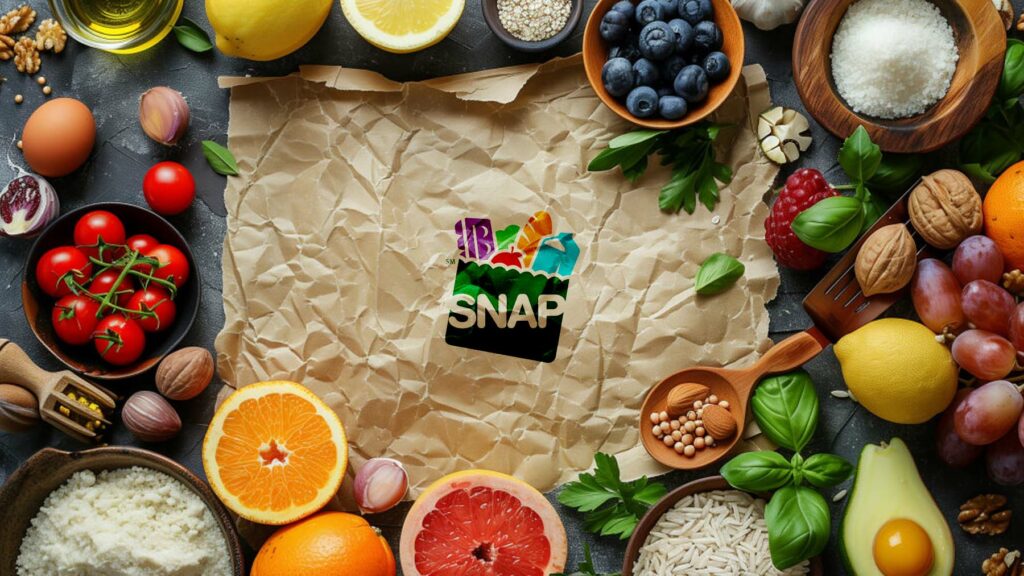
The U.S. Supplemental Nutrition Assistance Program (SNAP), formerly known as the Food Stamp program, is a critical federal initiative that helps low-income and no-income individuals and families. Administered by the U.S. Department of Agriculture, SNAP is the nation’s largest nutrition assistance program and is implemented across state lines to ensure that recipients can access adequate and nutritious food.
The federal government fully funds SNAP benefits and shares the administrative costs of the program with the states where it is implemented. SNAP is active in all 50 states, the District of Columbia, Guam, and the Virgin Islands; however, Puerto Rico, American Samoa, and the Commonwealth of the Northern Mariana Islands do not participate in this program. Despite facing higher levels of poverty compared to other parts of the United States, these three territories receive limited subsidies in the form of nutritional assistance through block grants.
SNAP benefits are provided through an electronic benefits transfer (EBT) card, similar to a debit card, which can be used at authorized stores to purchase eligible food items. In 2021, SNAP helped more than 41 million low-income people each month, providing them with access to essential food products and improving their quality of life. Thus, SNAP remains a cornerstone in the fight against hunger in America.

Eligibility: SNAP Application Requirements
Eligibility for the Supplemental Nutrition Assistance Program (SNAP) is determined by several factors, including household size and income. The federal government sets general rules for the program, but each state administers its own application and benefit distribution process, which means that benefit amounts may vary from state to state.
Some of the basic SNAP requirements:
- Live in a qualifying low-income household.
- Most adults between the ages of 18 and 52 who do not have children in their household can receive SNAP benefits.
To qualify for the program, you must also meet your state’s specific requirements, including the income limit. In addition to income, states also consider other factors, such as the amount of money you have in the bank, to determine if you qualify for assistance.
If you have doubts about your eligibility, don’t worry because you can find the location of your nearest SNAP office in the application below. In addition, you will be able to learn more about the SNAP eligibility criteria in your state of residence.
Applying for SNAP
Each state has its own process for applying for SNAP. Interested individuals can apply in person at a local SNAP office or by mail. Most states also offer an online application option for added convenience. Applicants must participate in an eligibility interview and submit the required documentation. For a detailed look at all the documents and the step-by-step process for applying for SNAP, download the app.

Households must report significant changes in income to the local SNAP office and reapply periodically: every six to 12 months for most families, and every 12 to 24 months for seniors and people with disabilities.
SNAP Benefits
In the 1990s, the SNAP program modernized and replaced physical SNAP vouchers with a specialized debit card called Electronic Benefits Transfer (EBT), provided by private contractors. This card allows SNAP recipients to purchase healthy food, thus nutritionally supporting low-income working families in the United States.
EBT Card
Once you enroll in SNAP and your application is fully processed, you will receive monthly benefits (monetary funds) on your EBT card, which you can use to purchase food:
Eligible households will receive an Electronic Benefits Transfer (EBT) Card that is automatically reloaded each month after approval for SNAP benefits.This card will be mailed to your address of record and can be used at more than 254,000 authorized retail stores.
Find out more about your EBT card, including the expiration date, tips to protect you from scams and theft, and what to do if you lose or damage your card, through the app.
SNAP Food
The money available on EBT cards can be used to purchase a wide variety of foods at supermarkets and markets in the United States. This includes vegetables, fruits, bread, meat, fish, poultry, dairy products and other staple foods. It is also possible to purchase seeds or plants to grow food at home.
SNAP benefits allow you to purchase any type of food, except alcohol or prepared foods that are sold hot and ready to eat, among many others that are prohibited. To learn more about using your EBT card and to find out which foods are allowed and which are not and where to buy your food, download our app.